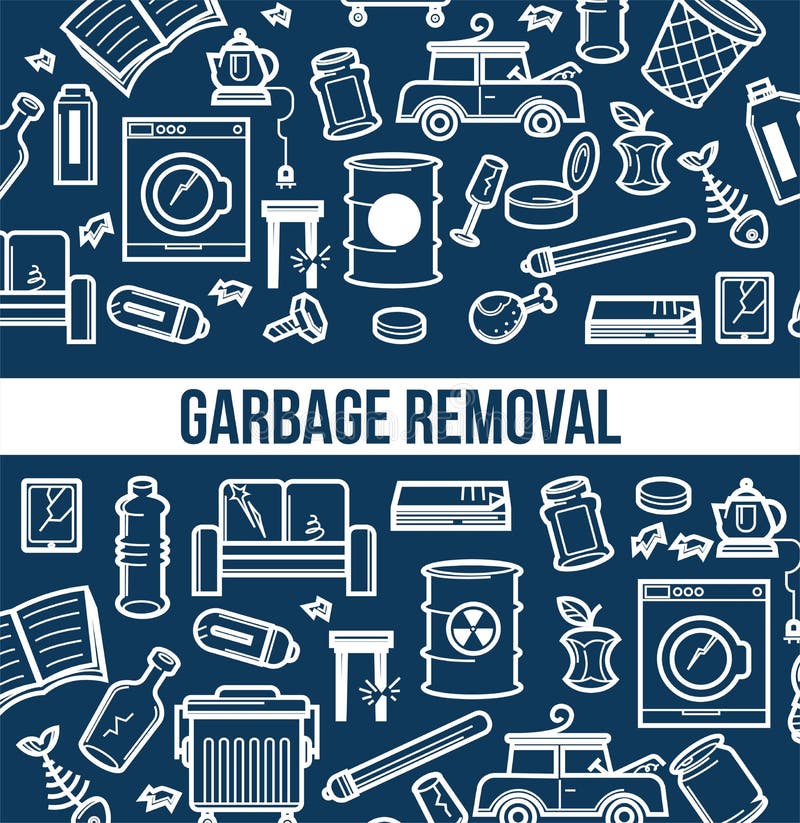Discovering The Right Dumpster Size For Your Project: An Extensive Guide
Discovering The Right Dumpster Size For Your Project: An Extensive Guide
Blog Article
Content Writer-Hahn Koch
When starting a project that calls for a dumpster, the dimension you select can considerably influence its performance and cost-effectiveness. Visualize having the perfect container that accommodates all your waste without being exceedingly big or as well little. It all begins with understanding the nuances of your job and picking a dumpster dimension that lines up with your specific demands. So, before you decide, consider the aspects at play to guarantee a seamless waste management process throughout.
Factors to Think about
When deciding on the best dumpster dimension, there are several vital elements to take into consideration.
Initially, think about the type of waste you'll be dealing with. Different materials might need varying quantities of space, so comprehending what you'll be placing in the dumpster is critical.
Next, analyze the quantity of waste you anticipate to produce. If you take too lightly the quantity, you may need to make numerous journeys to throw away every little thing, which can be inconvenient and expensive. On the other hand, renting out a dumpster that's also large can result in unnecessary expenditures.
In addition, consider the area where the dumpster will be positioned. Make certain there's enough room for the dumpster to be delivered and picked up with no obstructions.
Last but not least, consider any kind of weight constraints that may apply. Going beyond the weight limit can lead to added costs or even the refusal of service.
Dumpster Size Alternatives
For choosing the appropriate dumpster dimension, it's important to have a good understanding of the offered choices. Dumpster sizes generally vary from 10 to 40 cubic lawns, with variations in between.
A 10-yard dumpster appropriates for small tasks like a garage cleanout or a little remodelling. If you're taking on a medium-sized project such as a kitchen area remodel or a cellar cleanout, a 20-yard dumpster could be the ideal option.
For bigger tasks like a whole-house improvement or commercial construction, a 30 or 40-yard dumpster could be preferable to accommodate the quantity of waste created.
When deciding on a dumpster dimension, consider the quantity and type of particles you anticipate to deal with. trash can rental to pick a somewhat larger dimension if you're uncertain to stop overfilling. Remember, it's even more cost-efficient to rent out a dumpster that fits your needs rather than needing to buy an additional one.
Matching Size to Job
Efficiently matching the dumpster dimension to your task is important for reliable waste management. To establish the ideal size, think about the extent and nature of your task.
For tiny family cleanouts or improvements, a 10-yard dumpster might be enough. These are usually 12 feet long and can hold about 4 pickup truck tons of waste.
For bigger projects like remodeling numerous rooms or removing a big estate, a 20-yard dumpster could be preferable. These are around 22 feet long and can hold approximately 8 pickup lots.
If you're dealing with a significant building and construction job or industrial renovation, a 30-yard dumpster could be the most effective fit. These dumpsters have to do with 22 feet long and can accommodate about 12 pickup truck loads of particles.
Matching the dumpster size to your job guarantees you have enough area for all waste products without paying too much for extra ability.
Conclusion
In conclusion, choosing the right dumpster dimension for your job is important for effective waste disposal. By considering factors like the kind and amount of waste, room schedule, weight restrictions, and budget plan restrictions, you can guarantee you have the suitable size dumpster for your requirements. See to it to match the dimension of the dumpster to the scope and nature of your job to prevent overspending on unneeded costs.
